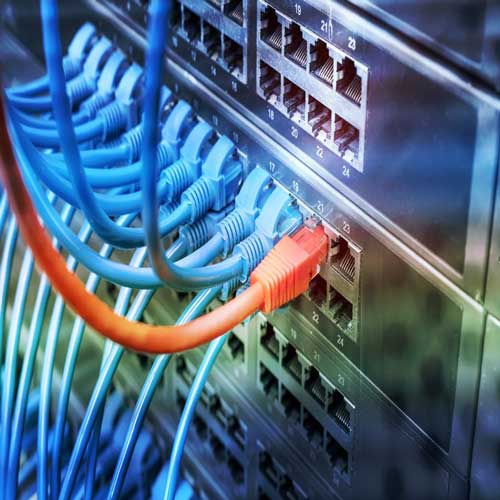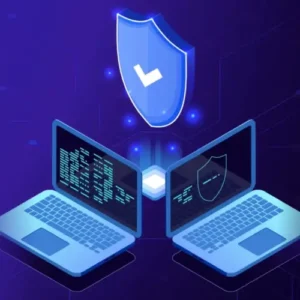The two types of cables utilized for Voice Over IP communication are telephone lines and Ethernet connections. The “line cord” and the “handset cord” are the two most prevalent types of telephone cable. Ethernet cables are sometimes referred to as “Cat5” or “Cat6”, which might be confusing. Cat6 are newer and better than Cat5, although they would appear the same if they weren’t branded.
Every corded phone, including IP phones, has a telephone handset cable. They are coiled and feature special PVC shielding, allowing you to stretch and strain on them without breaking them. While most cables are six or twelve feet long, you may find them as long as 50 feet. If you have a PSTN phone, you connect it to a line jack in your wall or your ATA. A telephone line cable is flat and usually grey, although it can also be black or white.
The hue has no effect on performance. These are analog cables meant to carry sound as well as conduct electricity, which is why PSTN phones function after a power outage. (Phone companies have their own backup generators). A line cable may carry a range of data formats and is utilized in a variety of applications such as alarm systems, credit cards, and faxes. There are normally four conductor lines within the cable, which means you may have two phone lines, each with a pair of conductor lines. Specialty cables are available for a variety of uses. With its fax machines, HP, for example, recommends a connection with only two conductor lines.
VoIP Phone Cables
While you should leave it to the professionals, you may connect your entire house to VoIP using your home’s current wiring. You may connect your VoIP device to the relevant telephone jack in your wall by using the network interface device, which is a box immediately outside your residence. If done correctly, you may connect your legacy phones to phone jacks around your home while receiving service from a residential VoIP provider.
Ethernet cables are wider than telephone wires and are sometimes referred to as “Cat5” cables, even though they are official “Cat5e” or “Cat6”. A PVC jacket, a kind of material, protects Ethernet wires from magnetic interference. A Category 6 cable has the potential to sustain “gigabit speeds” of up to 2000 Mbps. A Category 5 cable can only handle “fast Ethernet speeds” of up to 100 Mbps.
Cat5 and Cat6 cables may often fit into the same connectors, and Cat6 cables are backward compatible. Additionally, just because a Cat6 cable has more bandwidth does not guarantee quicker speeds – a chain is just as good as its weakest (or slowest) link. For VoIP, Experts recommend that you have Cat6 capability. When you purchase an IP phone, it usually includes a new Cat6 cable. It’s simply one more way VoIP phones can get you up and running in minutes.
What Should You Look for in VoIP Service Providers?
Keep in mind that the finest service for one company may not be the best service for you. It all comes down to locating a VoIP service provider who can satisfy your specific needs. LadiTech, as a VoIP Service Provider, analyzes the following facts:
- There is 24-hour help available
- The highest degree of dependability
- At all times, high-quality services are provided
- We may develop and change to meet your needs
- The most cost-effective options
- Guaranteed client satisfaction










